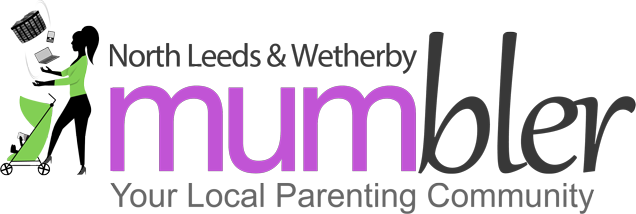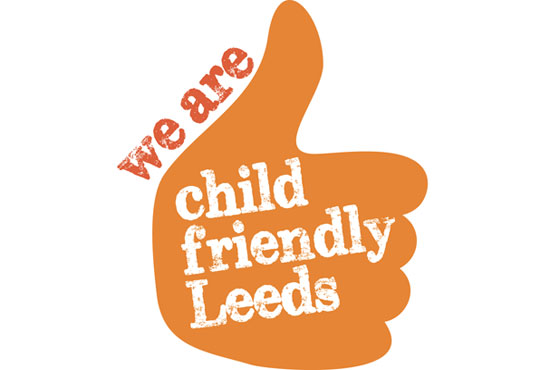 “The Attic Brain is one of my favourite entry level mindfulness tools. It covers all the essential pillars of mindfulness (a way of helping us notice the self more) and it works best when we combine it with a simple breathing exercise called Golden Thread Breathes.
“The Attic Brain is one of my favourite entry level mindfulness tools. It covers all the essential pillars of mindfulness (a way of helping us notice the self more) and it works best when we combine it with a simple breathing exercise called Golden Thread Breathes. Here’s how it works:
The best way to begin any mindfulness practice is to focus on the breath, when we start to slow the breath down we connect to ourself and create a valuable space for the body to relax and the mind to settle. This is the purpose of breath work. Calming the nervous system and our busy brain and more importantly shrinking our Amygdala (our brains natural panic button). Allowing us to drop into those spaces between our thoughts. Working with our breath to help us cope and decide what to do next. This is the no 1 mindfulness tool for your metal health maintenance kit!
So let’s begin by focussing on the breath.
Begin this short 20 min bedtime practice with 3 short rounds of breath work
…. in through the nose and out through the mouth (repeat x3)
When we are comfortable and settled in this rhythm we can then begin to introduce some visualisation ….a wonderful tool to keep our attention on the practice and encouraging some mindful conversation.
Let’s start by visualising a beautiful a golden loop of air…
Here is an example of a script you may wish to follow:
Ok
Let’s keep breathing ……..in through our nose…… which is the best way to allow air into our body and the best way for us to relax!
Let’s Imagine a golden thread of air filling the whole body with warm golden light
Notice how it loops slowly and smoothly… in through the nose …….but before it leaves through the mouth
Notice how it flows all around the whole and entire body
How it floods the body -moving all the way up to our head and down to our toes !!
Note: depending on your child’s age you may want to add some direction as to where the air goes …..ears/throat/shoulders/tummy/belly button etc?)
Let’s keep breathing in this way until all our body parts have been filled with warm calm golden loopy air
Can you feel it moving though all your body parts?
Now that we have calmed our whole body and noticed how our body feels …..do you feel calm?
Let’s now imagine our brain has as an attic space
The Attic Brain
A place that organises all our thoughts and feelings
An important place for our busy mind to download all that has happened to us in the day
A safe space for all our feelings
 Lets imagine what our Attic Brain might look like:
Lets imagine what our Attic Brain might look like:
Maybe it has a spiral staircase that travels from the top of our spine all the way up into our brain?!
For example, a beautiful meandering loopy straircase that takes us into our magical mind world?!
Or …..maybe a glass lift that transports us into a special place only accessible by us?!
However you see your Attic Brain space it is important to remember this is a place just for us
It is a safe space where we can chooses what to do with all the things we thought about during our day
Think of it as a sorting facility………..with lots and lots of boxes!!!
Lets visualise our space in more detail!
We might want to think about it’s shape and size and design ?
What does it look like inside?
Maybe you have a comfy blanket and a place to keep our favourite drinks?
What about a soft rug for a pet to lye on?
Remember there are no rules about how our attic must look, the only thing to remember is our attic is somewhere we enjoy spending time and feel extremely comfortable!
What would you put in to make it feel cosy?
Note:Spend some time here visualising the attic brain. Are there any windows /can you look up to the sky/ can you walk around easily/ is there a place to sit down in there?The more details the better!!
How might we organising our attic brain?
Since our Attic Brain is a space that keeps things organised let’s imagine our attic has a a shelf or two!
The shelves have a selection of boxes on them and they are ready for us to fill with our memories /ideas/feelings from our day -good and bad!
Each box plays an important role and is used to store important information about us
The boxes can be the same size and colour or all different-thats up to you!
The most important thing to remember is each box is labelled with what’s inside……….
For example:
A best friend box
A school work box
A homework box
A family box
A birthday box
A holiday box
You may also want to create some extra boxes for other stuff that pops up, such as:
A worry box
A mean friend box
A poorly family member box
(Other)
Note: this is a good time to gently enquire about any specific worries or issues you may feel your child is managing -has your child thought about creating a box for this part of their world?
It is up to us which boxes we create and use the most
We can choose which boxes we keep at the front of our shelves (for easy access) and which ones we push to the back of the shelf!
Don’t forget when we have labelled our box we can go back to it as many times as we need and add things we forgot about
…..or we can even choose to store boxes away (way at the back) for later to make space for more positive boxes!
Positive boxes could include:
A happy memory box
A Things I like about me box
Things that didn’t work and that’s ok box
It’s good to remember our boxes are useful…… for lots of reasons
Our boxes help us sort though our felling and thoughts and decide what to do with them
Note: some useful Q’s about boxes:
1.Which boxes do you think you will open today?
2. Which ones are happy boxes ?
3.Which box would be most useful to keep closed?
4. Do all your boxes make sense to you?
5. Are there any boxes you would like to think about more before we leave the Attic Brain?
Note:
A good Attic Brain holds all parts of ourselves -the ones we love and the ones we don’t.
All are accepted -the goal is to manage the boxes well and ensure worry boxes or problem boxes are not open all the time.
When this starts to happen its time to close the box , move it to a harder to reach shelf and pick a more positive box.
Choosing to switch our attention from negative to positive and create a feeling of control in our inner world.
When we spend time looking at all the the parts of our lives including those that makes us happy; we often find the problem boxes become less attractive to us and less of a problem!
Now its time to leave the attic


